By Mohamed Maher – 6 minutes read According to the UNICEF, in a report titled “the two faces of education in ethnic conflict”; during and after the Intifada, Israel forced the closure of schools for Palestinian children in Occupied Palestinian-oPt Territories, in some cases for two years or longer. ReliefWeb, the humanitarian information service provided
By Mohamed Maher – 6 minutes read
According to the UNICEF, in a report titled “the two faces of education in ethnic conflict”; during and after the Intifada, Israel forced the closure of schools for Palestinian children in Occupied Palestinian-oPt Territories, in some cases for two years or longer.
ReliefWeb, the humanitarian information service provided by the United Nations Office for the Coordination of Humanitarian Affairs (OCHA), reported that throughout the Occupied Palestinian Territory, the availability, accessibility and acceptability of education is under constant threat. Furthermore, threats to the right to education contribute to a prevailing coercive environment which gives rise to forcible transfer of communities from their homes and lands, in violation of international humanitarian and human rights law. According to the Education Cluster database for schools under threat of demolition7, there are currently 52 schools (44 schools located in Area C and eight located in East Jerusalem) under partial or full demolition orders or have received stop-work orders. These schools serve around 5,200 students in the most vulnerable areas of the West Bank.
Number of Schools Under Threat of Demolition per Directorate – Area C
| Yatta | 9 |
| Ramallah and Al Bireh | 6 |
| Jerusalem Suburbs | 6 |
| South Hebron | 5 |
| Bethlehem | 4 |
| Qalqillya | 1 |
| North Hebron | 2 |
| Nablus | 2 |
| Hebron | 2 |
| Tulkarem | 1 |
| Tubas | 1 |
| South Nablus | 1 |
| Jericho (Muarrajat) | 1 |
| Jericho | 1 |
| Jenin | 2 |
| Total | 44 |
Area C comprises over 60 percent of the West Bank. Area C is under the security and administrative control of Israel, including law enforcement, planning and construction. The legal framework in Area C makes Palestinian construction on 70 percent of the land extremely difficult. The remaining 30 percent of land requires a construction permit issued by the Secondary Planning Committee, which is part of the Israeli Civil Administration. The application process for a construction permit has an extremely low success rate.
The UN Secretary General has previously noted that the Israeli zoning and planning policy in the West Bank, which regulates the construction of housing and structures in Area C, is “restrictive, discriminatory and incompatible with requirements under international law”.
In other cases, “demolitions are used as punitive measures or carried out as part of military activities”. Most recently, this can be seen in the threat of demolition on a school in the Ras al-Tin community, which was built by a cluster partner. According to Diakonia IHL Centre, violations of Israeli-imposed zone planning laws, which are themselves inconsistent with international law, is not a legitimate justification for demolitions in the oPt.
Schools Under Threat of Demolition in Area C:
Eighteen out of the 44 schools under threat of demolition in Area C are located in Hebron Governorate, with the majority of the schools located in Yatta (nine schools) serving a total number of 2,003 students. Eight of these 18 schools received partial or full demolition orders for the school premises, while the other 10 received a stop-work order for all the school buildings or specific extensions of floors or class- rooms.
Jerusalem suburbs have six schools affected by threats of demolition. These six schools serve a total number of 420 (192 girls) students. Four of these schools have a full demolition order.

Additionally, Abu Nuwwar Basic Co-Ed School has a demolition order for new buildings and Al Nabi Samuel Basic Co-Ed has a stop work order for three caravans that are used as classrooms.
Ramallah and Al Bireh Directorate has six schools under threat of demolition, affecting around 860 students (103 girls).Three out of the six schools received a demolition order for all school buildings, while the other three received stop-work orders for the entire school or the building of new extensions.
Bethlehem Directorate has four schools under threat of demolition, affecting around 424 students (93 girls). Three of these schools received a demolition order for newly constructed school buildings while one received a stop work order for new classrooms located in Area C.
Schools Under Threat of Demolition in East Jerusalem:
Schools in East Jerusalem face numerous issues in terms of over- crowding, lack of available classrooms, and restrictive zoning and planning regimes to accommodate the steady rise in the number of students. According to the Education Cluster many schools in East Jerusalem are in rented premises. The rented schools/class- rooms are normally private residential properties, not equipped or fit to meet educational needs.
According to information obtained by Association for Civil Rights in Israel (ACRI) from the Jerusalem Education Administration, in 2017, there were 1,815 classrooms in state schools, 47% of which were in inadequate conditions and in need of replacement.
In East Jerusalem, currently eight schools have a demolition order impacting some 1,100 students. Three of these eight schools have a full demolition order for the whole school premises. The other five schools received a demolition order for newly built floors.
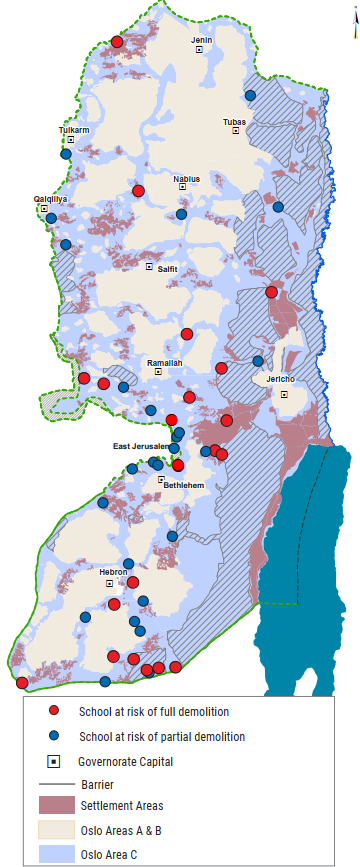
SCHOOLS UNDER THE RISK OF DEMOLITION IN THE WEST BANK
A total of 51 Palestinian schools across the West Bank have pending “stop work” or demolition orders, which place them at risk of being fully or partially demolished, due to lack of building permits which are near impossible to obtain. These include 43 schools in
Area C, affecting around 4,100 students, and 8 schools in East Jerusalem, affecting around 1,100 students. The orders prevent both the maintenance and expansion of school infrastructure.
Timeline for Demolition/Stop-Work Orders
The below analysis highlights that most demolition orders were issued between 2013 and 2020. Fifty-five out of the 69 demolition orders were issued in the last seven years. Some schools have received more than one demolition order on different dates.
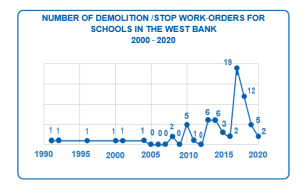
Finally, we can easily recognize the scheme to deprive Palestinians of the right to education, in order to end their nationalism.
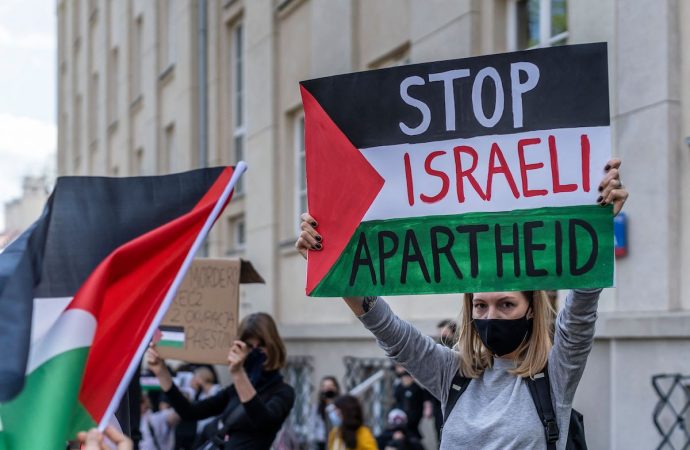
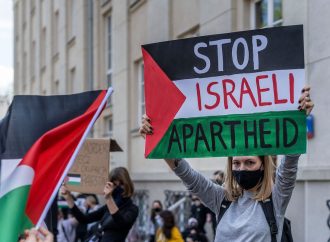
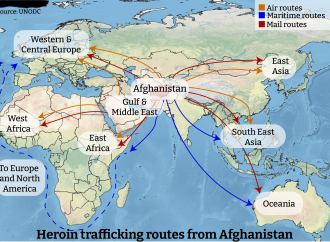


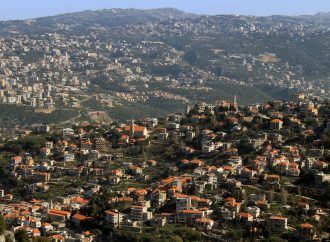

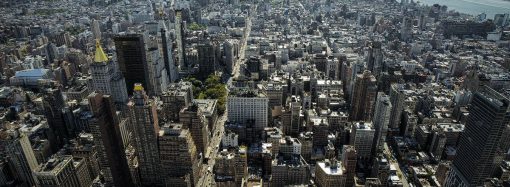
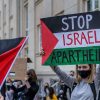
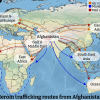






Leave a Comment
Your email address will not be published. Required fields are marked with *